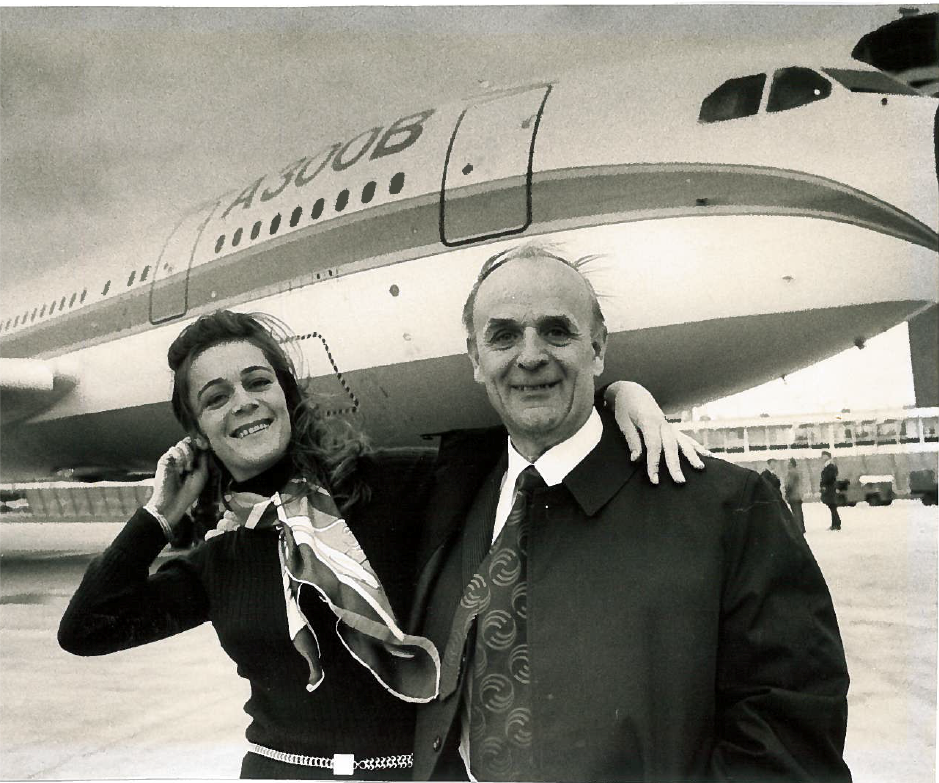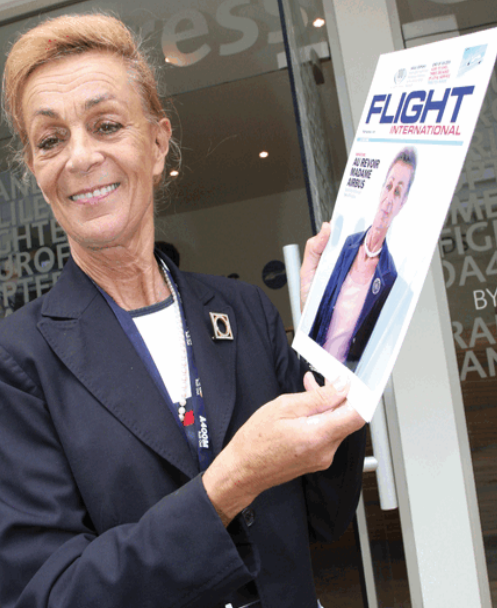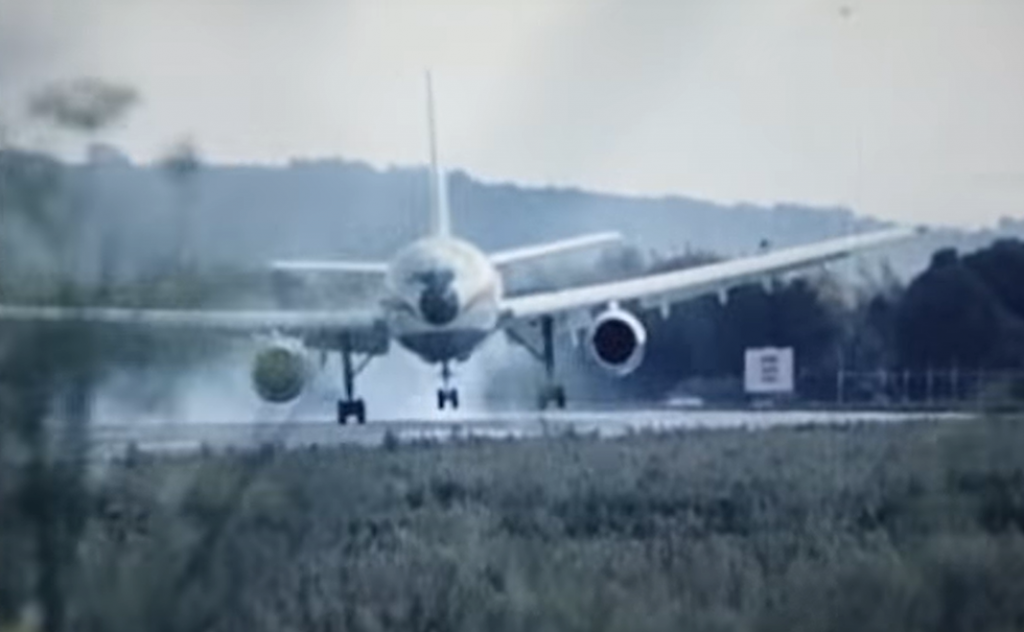Airbus At 50: First Impressions Were Wrong
27 October, 2022
7 min read
By joining our newsletter, you agree to our Privacy Policy


As Airbus celebrates the first flight of its A300 50 years ago it comes to light that sometimes history proves first impressions to be wrong.
On September 28, 1972, it was such a moment – in Toulouse, France, at the reveal of the first short-haul wide-body airliner ever. And the first pan-European aircraft project at the same time, a big twin-jet bearing a non-name that must have been a marketer's nightmare – Airbus A300B.
Subscribe to the Airlineratings.com newsletter to get the relevant news first
Virgin Australia’s amazing middle-seat lottery
Easyjet brings back the Fearless Flyer course
More than a thousand invited guests and high-ranking politicians from the main Airbus-supporting countries of France, Germany and the UK were assembled in a hangar listening to speeches. Meanwhile, Concorde’s second prototype produced in Toulouse and having first flown three years prior was towed in front of the hangar. Shortly after, the A300B was rolled outside as well, placed nose-to-nose right in front of the much smaller supersonic jet.
“When the guests were finally allowed to gather under the two planes for a closer look,” Airbus test pilot Bernard Ziegler later recalled, “everyone made a mad dash… for the Concorde.” It was obvious which design easily charmed and stunned the people, and which one was, as one Aérospatiale director then put it, just 'a big cow', the slightly clumsy-looking Airbus.
A month later, on Saturday, October 28, 1972, the weather was finally good enough. Twice already the first flight of the A300B had been postponed due to fog or strong winds. But on this day, half a century ago, it was time for the A300 to take to the air.
Barbara Kracht was there, a young student in Toulouse at the time, as her father Felix Kracht, aviation pioneer and engineer, was one of the founding fathers of the fledgling Airbus consortium and production director of the A300.

“As it was a Saturday, I joined my dad, though I wasn’t interested in aviation,” recalls Barbara Kracht (below) in talking to Airlineratings.com. She later was to become a legendary figure at the company, dubbed “Madame Airbus” as Head of Media Relations and one of the earliest employees, staying on until 2011.

But only a few people present in Toulouse that day could have been aware of something historic going on. “Hardly anyone was there, as, at the time, the only priority in Toulouse and all of France was Concorde. Nobody was bothered by the A300,” Kracht recalls half a century later.
The cockpit was manned that morning by German Max Fischl as Captain, Frenchman Bernard Ziegler as First Officer, son of Airbus boss Henri Ziegler, and German Günther Scherer as Flight Engineer. His son Christian Scherer is Airbus’s CCO today – having several generations of the same family work for the aircraft manufacturer is not uncommon still.
At 10.39am that morning the A300B prototype registered F-WUAB in its orange-and-white livery accelerated and rotated after 30 seconds. Unlike today, there weren’t thousands of spectators and avgeeks present. Even the Airbus entourage watched not from the runway’s edge, but from the windows of an Aérospatiale building at the airport. As Barbara Kracht recalls, “we were maybe 20 people.”
For almost two hours the flight crew put the A300B through its paces over the Pyrenees. All went well. Then it was time to return to base, and the landing back at Blagnac Airport, also home of Caravelle and Concorde, looks truly dramatic in old film sequences (see Video).
“Before the end of the first flight, a strong, gusty southern wind called ‘vent d’autan’, typical for this region close to the mountains, started to blow”, reports Kracht, “meaning the pilots had to land in heavy crosswinds.” The aircraft first touched down (below) just with one main gear leg almost across the runway, before turning to then fully land. “Captain Bernard Ziegler told me later that the pilots never again experienced such crosswind during the whole flight test program,” reveals Kracht.

Unlike today, there wasn’t a rousing welcome to the successful aviators or cheering crowds. “After landing, there were only a few invited guests down there and very little press. This just wasn’t something most were interested in. Even the local paper didn’t devote its whole front page to the first flight the next day. For the public, Airbus didn’t play a role then”, explains the veteran.
It took until a celebratory dinner that evening in a rural French location for triumphal speeches and toasts to surface. “My father told me the A300 as a ‘bastard’ was the most healthy project, as it got nothing for free nor taken for granted as Concorde, and everyone working on the A300 program had to get everything right from the start and not allow mistakes to happen,” says Kracht.
Only after the successful flight of the 250-seater, the real challenges began – getting the A300B through flight testing, certification and gaining a foothold on the market. “Nobody at Airbus had dreams at the time, they weren’t allowed to,” asserts Kracht. In reality, there were already big plans for more. “My dad confessed to me that even at the time there were plans to develop a whole family of aircraft, but it just wasn’t allowed to be spoken about,” she says.
Airbus was dependent on governments and their coffers for financing, “and they didn’t want to disturb them by mapping out what was going to come and how much more money would be needed.” At the time of the first flight, there were only ten firm orders, six by Air France and four by Iberia.
Even while the test program still progressed, the Airbus A300B prototypes went on extensive demonstration and marketing tours around the world to America, Asia and Africa – and Barbara Kracht was on board most of them. She had been hired as a “girl of all trades” to help with logistics and smoothe out the often circuitous trips, having her own desk including a typewriter in the cabin full of test equipment.
While everybody hyped Concorde, she and most Airbus people then were convinced that indeed their economical mass-market aircraft would be the future rather than the fancy supersonic airliner. “And then the A300 was indeed the aircraft that was delivered on time, meeting the objectives promised and all that within budget,” stresses Kracht, still proud of this achievement five decades later. Certification was awarded even six weeks ahead of the date pursued after 1,585 hours of flight testing. Entry into service followed on May 23, 1974, with Air France.
The rest is history, it took some years and some dry spells had to be overcome until initially the A300B and from 1983 onwards also the shortened A310 became successful. Laying the foundation for Airbus to become the world market leader in airliners over a decade later, which was first achieved in terms of orders in 1999. And that despite the fact that no Airbus type ever had a sexy brand or sticking nickname, such as Concorde, Caravelle or Mercure in French-built aircraft.
“There was no discussion then to give the A300 a name, but it was considered once the A320 was launched,” reveals Kracht. “I said: ‘Aircraft that bear numbers instead of names such as the American types are the successful ones.’ Then they all stopped looking for a name to put on the A320.”
Get the latest news and updates straight to your inbox
No spam, no hassle, no fuss, just airline news direct to you.
By joining our newsletter, you agree to our Privacy Policy
Find us on social media
Comments
No comments yet, be the first to write one.




